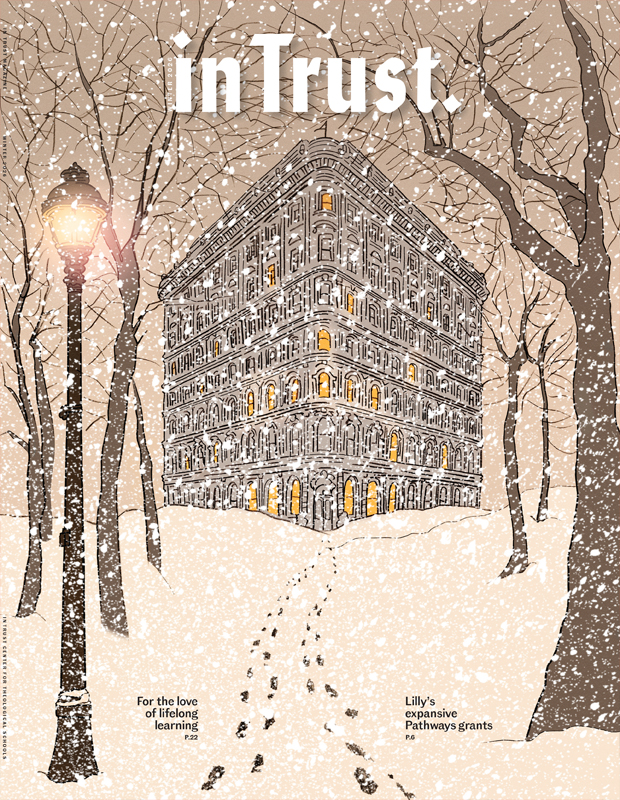 An article by Mark C. Taylor, the religion department chair at Columbia University, has been at the top of the New York Times list of most-read articles for the last couple of days. In the article, called “End the University as We Know It,” Taylor decries the specialization that is endemic even in his own small department: Of 10 faculty members, the scholars represent eight sub-fields with little overlap. And the specialties seem intensely arcane and inapplicable to modern life, he laments. “A colleague recently boasted to me that his best student was doing his dissertation on how the medieval theologian Duns Scotus used citations.”
An article by Mark C. Taylor, the religion department chair at Columbia University, has been at the top of the New York Times list of most-read articles for the last couple of days. In the article, called “End the University as We Know It,” Taylor decries the specialization that is endemic even in his own small department: Of 10 faculty members, the scholars represent eight sub-fields with little overlap. And the specialties seem intensely arcane and inapplicable to modern life, he laments. “A colleague recently boasted to me that his best student was doing his dissertation on how the medieval theologian Duns Scotus used citations.”
Taylor’s proposal is to completely restructure higher education:
- Restructure the curriculum
- Abolish permanent departments
- Increase collaboration among institutions
- Transform the traditional dissertation
- Expand the range or professional options for graduate students
- Impose mandatory retirement and abolish tenure
Read the entire article here.
But wait just a darn minute, replies “Dean Dad,” my favorite anonymous blogger at InsideHigherEd. “Dean Dad” calls Taylor’s article ”a frustrating piece, since it moves quickly from ‘insightful’ to ‘crackpot’ and back again.” He continues:
As is often true of faculty who have never worked in administration, Prof. Taylor takes existing institutions for granted, even as he claims to move past them. For example, if colleges redid their curricula every seven years or so — his suggested lifetime for the project-based constellations he favors — that would involve every seventh year putting entire new programs through the shared governance process, coming up with entirely new job descriptions, hiring committees, student learning outcomes, assessment mechanisms, articulation agreements, catalog copy, advisor training, and the rest. Who, exactly, would do all this in the absence of departments or permanent faculty goes unmentioned.
My interpretation is this: In the New York Times article, Mark Taylor is saying that university education is too bureaucratic and institutional. On the other hand, “Dean Dad” argues that we need these structures. “Yes, the existing structures are clunky and overtaxed and frequently asinine,” he admits. But “they survive because they address certain problems.”
The way around them is not to wish those problems away or to postulate a world in which every college is modeled on a graduate seminar at Columbia. It’s to come up with alternatives that solve those problems better. Prof. Taylor’s model could be a lot of fun on a very small scale, like a think tank. But as a blueprint for higher ed across America, it’s a farce.
This debate is currently simmering in theological education, too. I’ll reflect on it more in the future.
Read the refutation of Taylor’s article by “Dean Dad” here.

Photos courtesy Moravian College & Seminary




















